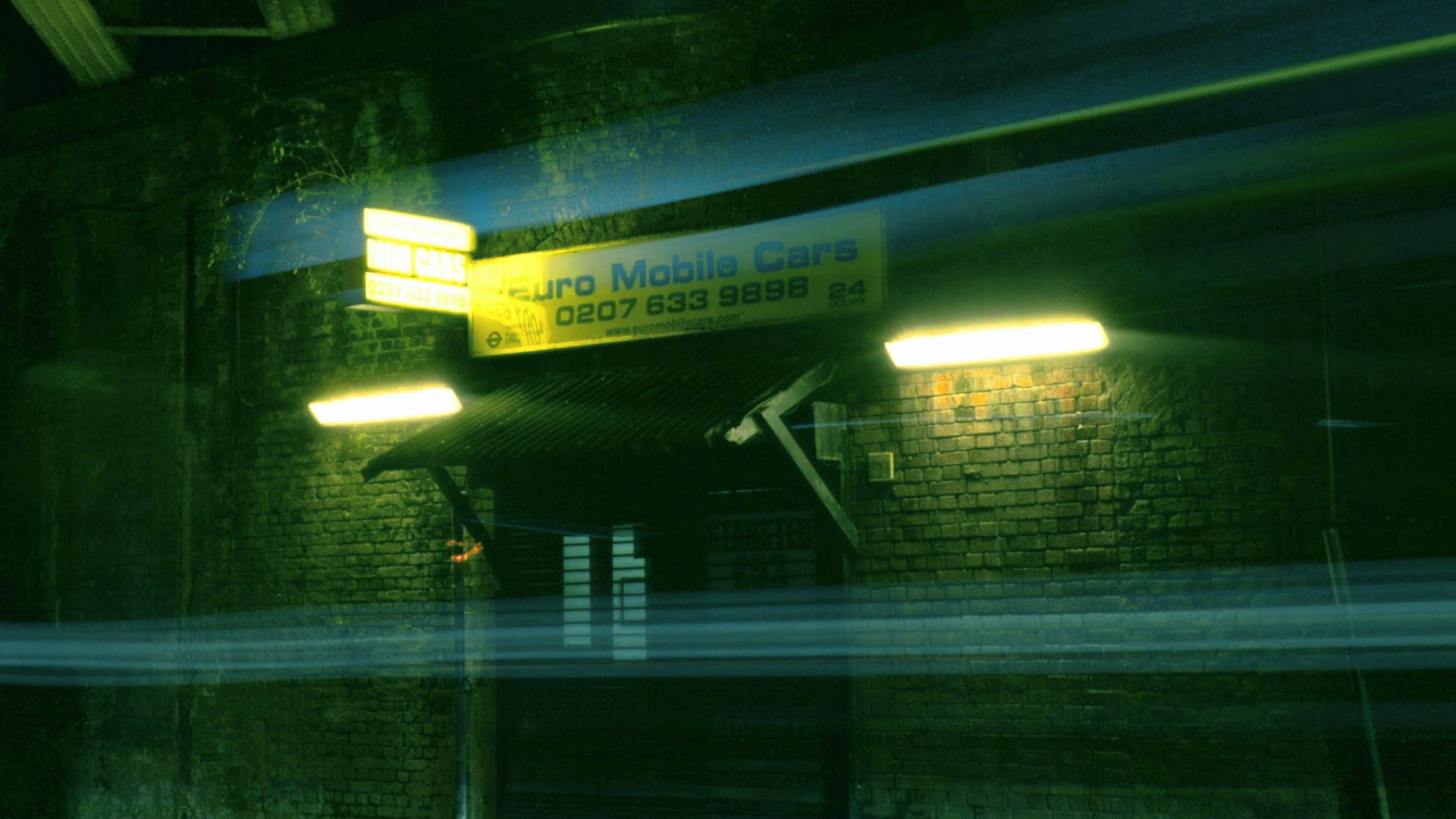After Dark
Nighttime photography is becoming increasingly popular, with millions of people gaining access to digital cameras and platforms to share their snaps on. Mobile phones now come equipped with digital cameras that can produce high-quality images in low light levels, and this has inspired a wave of obscure, contemporary photography that’s taking Instagram by storm. Many young creators are sharing their work through social media using hashtags to gain recognition; the idea of having your work viewed by thousands is encouraging amateur photographers to explore their cities and see the world in a different light.
Taking photos at night might seem counterintuitive to most people, because at first glance… there’s not much to see. Photography is a form of art with light as its foundation – whether it’s film or digital, light is needed to create a photograph. Artificial light provides us with a source of light that’s adjustable and diverse in its applications. Finding artificial light is easy for those of us who live in the city; cities are playgrounds of creativity for the nighttime photographer.
We lose the sunlight, but we gain thousands (or millions) of individual points of artificial light, each coming with different colour and tonal quality. As skylines rise and architectural lighting begins to dominate the city, we turn the camera to the looming skyscrapers above but also below, to city streets that are filled with an unnatural spill of light from advertisement boards and obnoxious storefronts.
Photographer Nick Turpin explored this urban struggle in a series named ‘Autos’. Nick “Wanted to find a way of exploring the omnipresence of advertising in the public realm.” He did this by exploiting the powerful coloured glare of Piccadilly Circus’s billboards (as seen in his photograph below). He captures reflections of the advertisement on the shiny surfaces of cars in the area; the way the light plays on these surfaces to create an intense graphic look is fascinating.

Image © Nick Turpin – Street Photographer
The city isn’t the only place where night photography can thrive; suburban areas are transformed completely at night in a way far different from the saturated vibrancy of city lights. An inspiring photographer named Todd Hido is renowned for creating eerie, mysterious and sometimes moving photographs through the use of artificial light; “I just follow the light, literally. And I often will just point my camera to where the light is and where that glow occurs.” What I enjoy about his work, such as below, is how he’s able to evoke emotion in an image otherwise considered bleak or boring. Many of his images feature a lone source of light that illuminates its surroundings, which creates a sinister sense of foreboding and isolation that leaves me in awe.

Image © Todd Hido – Photographer
As digital technology improves we’re more equipped to capture artificial light; we’re able to explore the beauty in man-made light sources through long exposure and high-quality focus. An increasingly popular technique for capturing these lights involves little more than a tripod (or a steady hand) and some patience. You might have seen images taken on the side of a road where cars are turned into long red lines, or near a train track where the carriages become a beautiful blur of sparks and colour. These images come under the category of ‘Long Exposure Photography’, and they transform our cities into futuristic landscapes waiting to be captured.
What excites me about this process is its ability to change perspective; what was previously a bus depot now appears to be a Space Age display of speed and light. Inspired creators view their towns and cities as canvases and light as paint – there are endless angles and locations to delve into and experiment with using this mystifying technique.

Image © Slaney Cullen
Another wonderful application of this method is ‘Light Painting’. As you may have guessed this requires a light source to be moved around while a camera captures the movement, resulting in astounding images. Many will assume that they’ve been heavily edited, but in truth, it’s that easy!

Image: Nulty
Our modern infrastructure can favour functionality over aesthetics, giving it an ugly reputation, and while this is improving, I think it’s important to stop and appreciate how the bright street lights and illuminating glow of passing vehicles can create spectacular scenes of wonder and bewilderment. I highly encourage those of you who love light to step outside and be amazed by the beauty hidden on our streets.
Banner image © Slaney Cullen


